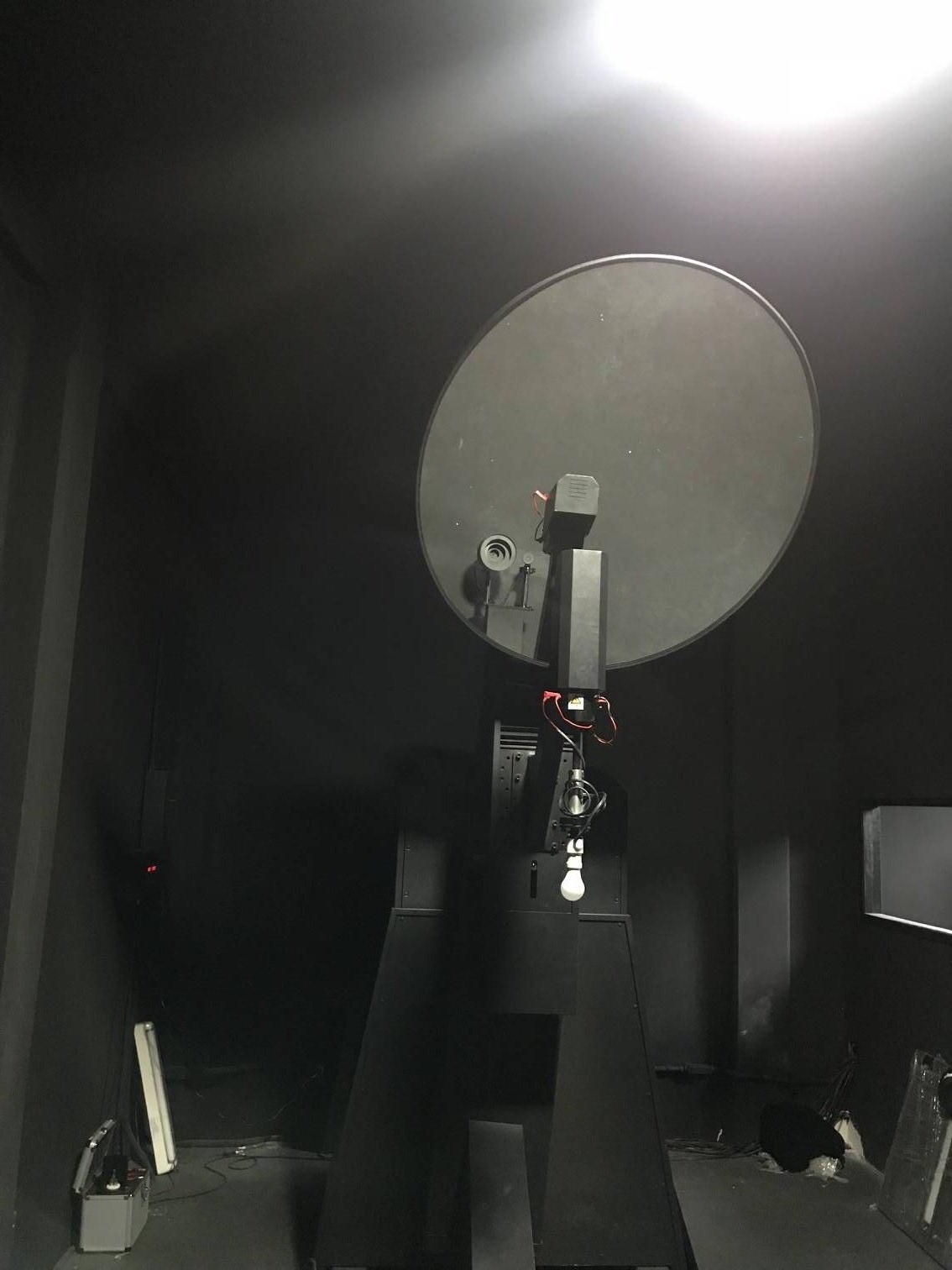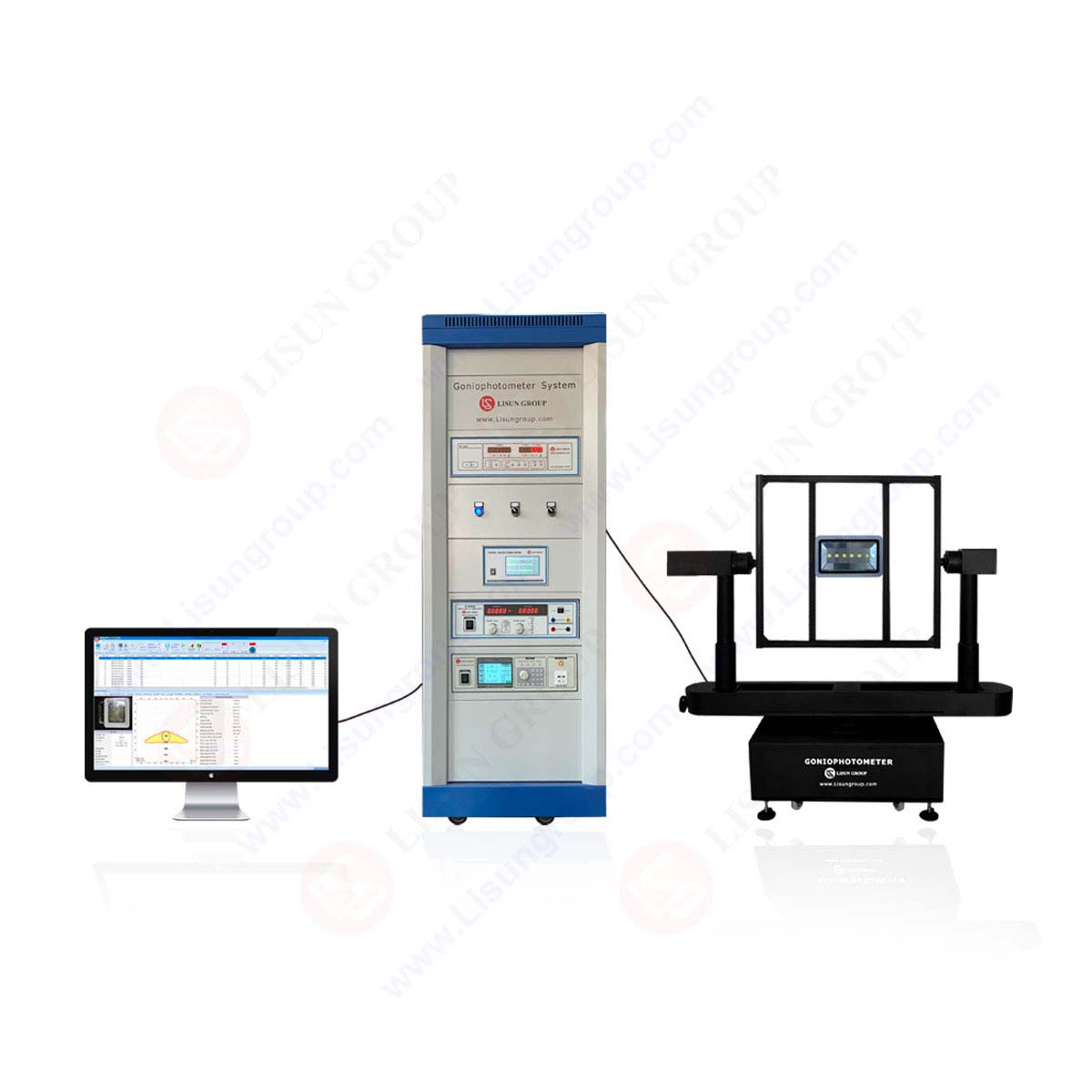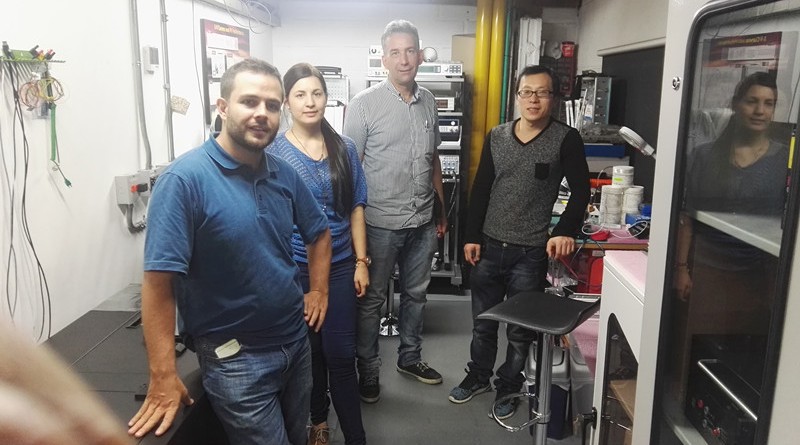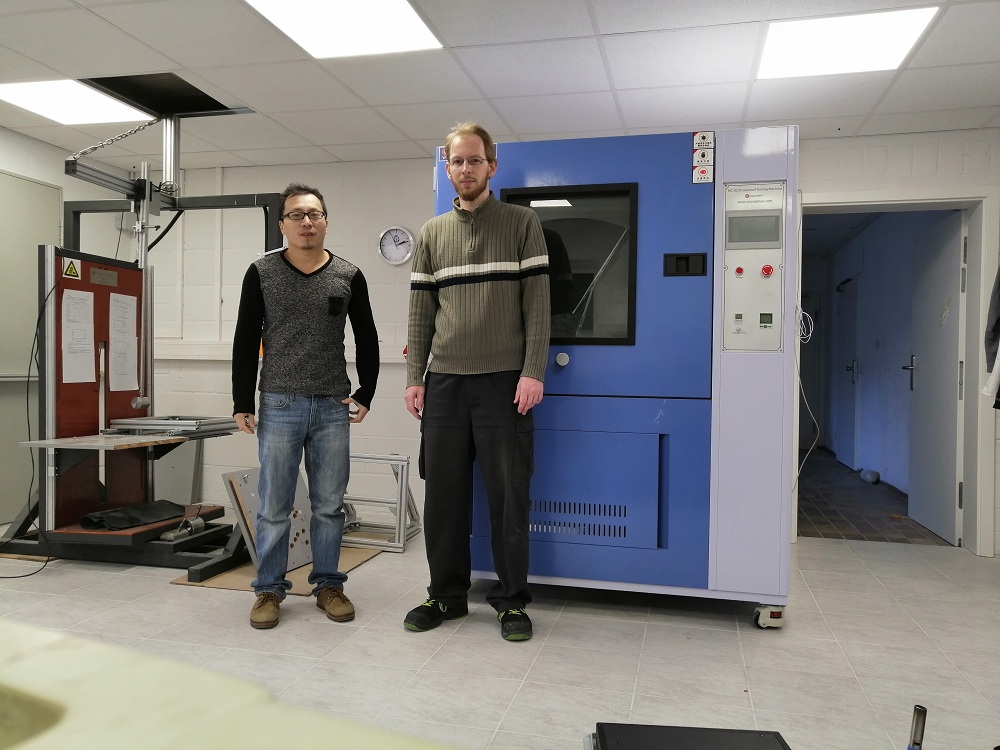CIE Lighting Body and Standard Illuminant
When you measure the photometric and chromaticity properties of optical system, it must be under the uniformly prescribed light source, the test result can be compared with each other. In order to unite the measurement standards, the International Commission on Illumination (CIE) provides the lighting body and standard illuminant.
The definition of “illuminant” and “lighting body” by CIE separately: “illuminant” refers to a physical radiator that emits light such as lamps and sun. “Lighting body” refers to a specific relative spectral power distribution, which is not necessarily achieved by s specific light source, but it is given in a data table. CIE provides the spectral distribution of the “Standard Illuminant” and “Standard Lighting Body”.
CIE standard lighting body A, B, C, E, D
Standard lighting body A represents the complete radiator radiation at the absolute temperature of 2856K(1990 International practical temperature scale). Its chromaticity coordinates is in the black body track on the chromaticity diagram of CIE1931.
Standard lighting body B represents the direct sunlight at the color temperature 4874K, its light color is equivalent to the sun at noon, its chromaticity coordinates is close to the black body track.
Standard lighting body C represents the average daylight at the color temperature 6774K. Its light color is similar to the cloudy sky light, its chromaticity coordinates is below the black body track.
Standard lighting body E is the lighting body with constant value of spectral power during the visible light range, which is also known as equal-energy spectrum or equal-energy white. It is a human-defined relative spectral power distribution, which does not exist in practice.
Standard lighting body D represents the relative spectral distribution of the natural daylight, which is also called typical daylight or reconstructed daylight. Typical daylight and the actual daylight have a very similar relative spectral power distribution, which is more in line with the chromaticity coordinates of daylight than the standard lighting body B and C. The spectral power distribution of the lighting body D at any correlated color temperature can be obtained by the formula, but for practical use, CIE recommends several specific relative spectral power distributions in the standard lighting body D as the standard daylight when calculate and measure photometric and chroma. They are separately CIE standard lighting body D65, D55 and D75, the represented the relevant color temperature are separately 6504K, 5503K and 7504K. CIE stipulates that we should use the CIE standard lighting body D65 to represent daylight if possible, D55 and D75 can be applied when D65 can’t be used.
CIE Standard Illuminant A, B, C, D65
Standard Illuminant A The standard lighting body A is realized by a transparent glass inflatable tungsten lamp with a color temperature of 2856K as A light source. If it is required to accurately simulate the relative spectral power distribution of the UV portion, then a fused silica glass shell or a bulb with a quartz window is recommended.
Standard Illuminant B, C Standard light source A and a corresponding set of specific Davis-Gibson liquid filters to reach standard lighting body B and C.
Corresponding to the standard lighting body D, CIE has not recommended the corresponding standard light source, so the standard lighting body D simulation has become one of the important topics of current light source research. Currently the developed artificial light source of analog D65 standard lighting body: high-pressure xenon lamp with a filter, incandescent with filter and fluorescent lamps with filters; the best simulation effect of D65 Illuminant is the high-pressure xenon lamp with a filter.

 中文简体
中文简体





